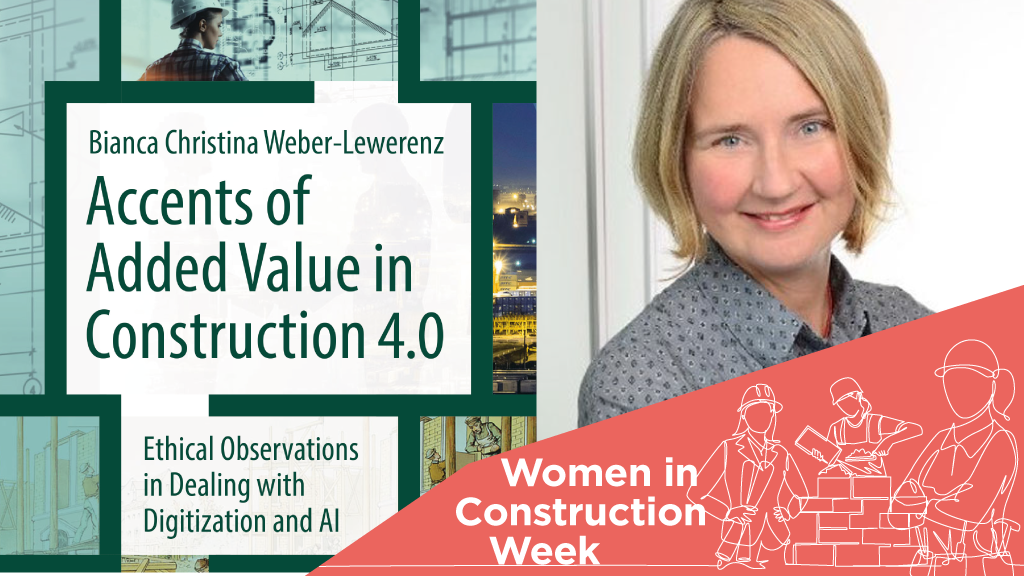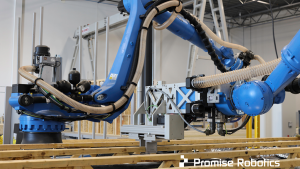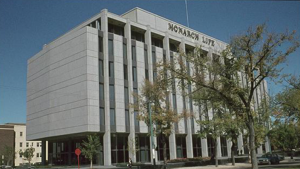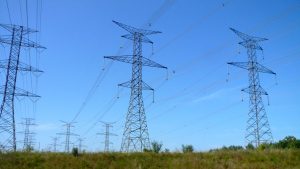To prepare for oncoming AI tools construction must also take on new ethical standards says one industry expert.
Bianca Weber-Lewerenz is the author of “Accents of Added Value in Construction 4.0,” a new book that examines how artificial intelligence (AI) affects the construction industry and the ethical approaches needed to adapt to a new AI-driven environment.
Weber-Lewerenz said the industry is at the beginning stages of AI use on the jobsite and the technology could be used to increase efficiencies and address climate change.
“We are still in the in the stage of developing certain AI methods and tools and machines in the construction industry, although we are thinking more about self-learning construction sites,” she said.
“For example, machines (could) communicate to each other and control each other and control the whole rhythm on a construction site. That helps a lot to make efficient processes onsite and support human work.
“AI is an added value, but we have to consider both pros and cons,” she said. “We’re talking about building information, modelling, the metaverse, AI and it comes with impacts on both human beings and society as a whole. We’re talking about data complexity and how that plays into (work) and all the pressure on the side of environmental emissions, considering the construction industry has to catch up with (causing) globally 40 per cent of CO2 emissions.”
Weber-Lewerenz added AI has the potential to benefit humanity in terms of reduction of greenhouse gas emissions and increasing connectivity between buildings in the form of “smart cities,” but that data used and generated by the system must remain transparent.
“Smart buildings help over the whole building lifecycle from design to dismantling and reuse of materials to build the whole process very transparently and efficiently. A building is able, with the help of AI, to communicate between technical appliances and equipment,” she said.
Weber-Lewerenz’s book also addresses the issue of AI bias, which has already appeared in facial recognition programs and interactive chatbots where the AI draws incorrect or prejudicial conclusions based on the flawed data it has at hand.
“First, it depends what kind of data is fed into the algorithm. In construction we have so much data and it really depends who is feeding this (algorithm). Is it focused on men, women or certain working procedures?” she said.
“Software engineers and experts need to be there (working) with ethicists to really determine in what direction technological development will go.”
Weber-Lewerenz said the importance of education will only increase along with the use of AI in construction.
“Teaching and curricula need to cope with these new fields that a student, when they graduate, will have waiting for them. Employers are waiting to have these qualified, skilled people in their companies,” she said.
Weber-Lewerenz was the first female bricklayer in Baden-Württemberg, Germany in the 1990s and said while she didn’t have to deal with technological acceleration or AI, the same core values are needed to move beyond an industry that’s often resistant to change.
“When I talk about diversity, my point is to get engaged and making a call to all women to be proud of what they have and the skills they offer to the construction site. We’re talking about a very traditional and conservative industry that hesitates regarding new changes,” she said. “But looking at STEM remote feasibility options and what kind of backgrounds (women) have that they need, there’s big potential actually for this traditional industry.”
She added human beings are ultimately responsible for the output from AI tools.
“We can’t say AI is controlling us, giving directions. It’s humans who set the system up and that’s where ethical responsibility comes into play and continuously adjusting and improving and controlling (AI),” she said.
New tools will also necessitate a new legal framework and data security standards, she added.
“On a construction site you have many participants who share and exchange information and communicate data. How can we make sure all of this is communicated safely and data isn’t lost or going in the wrong direction?” she asked.
For more from Weber-Lewerenz listen to The Construction Record podcast here.











Recent Comments